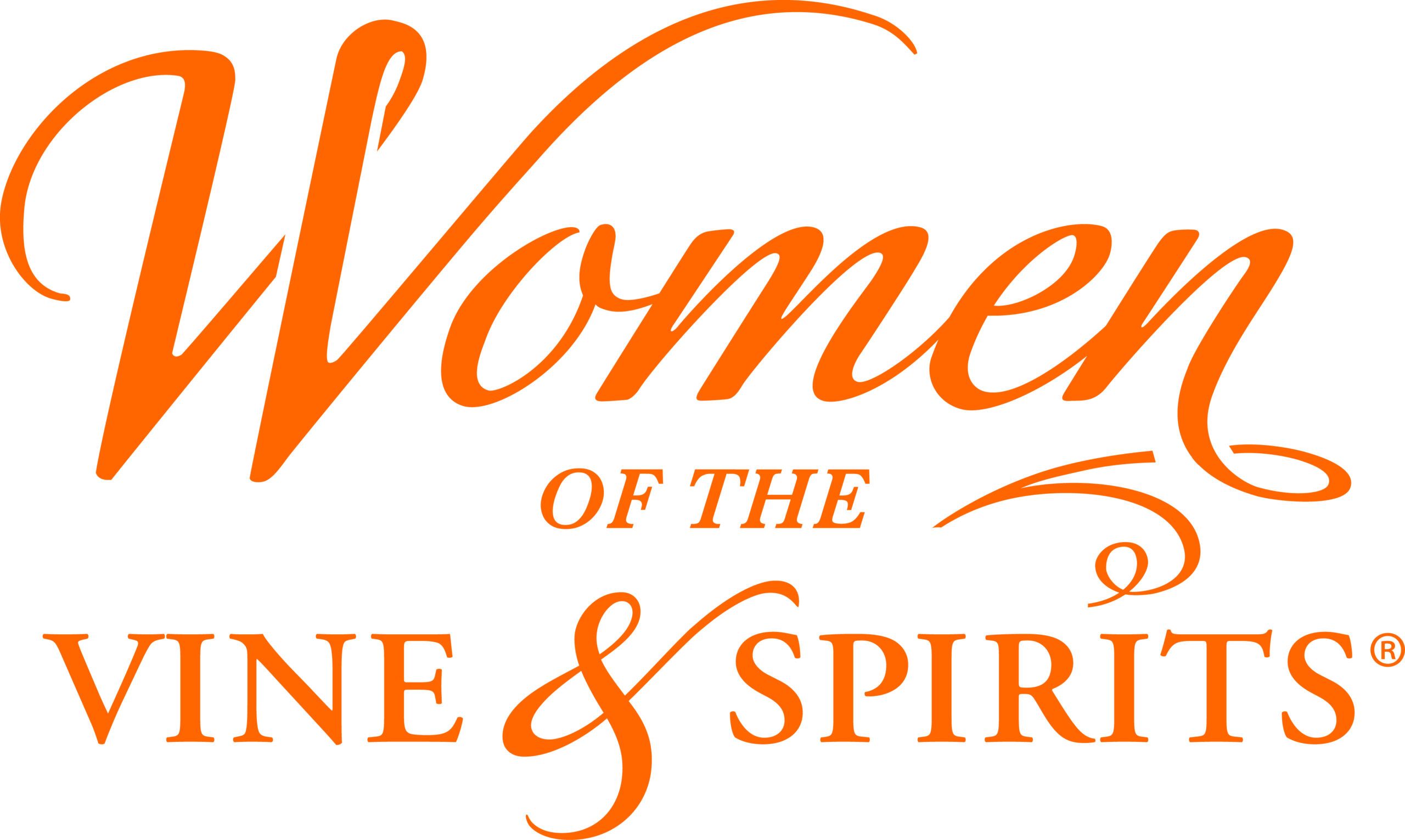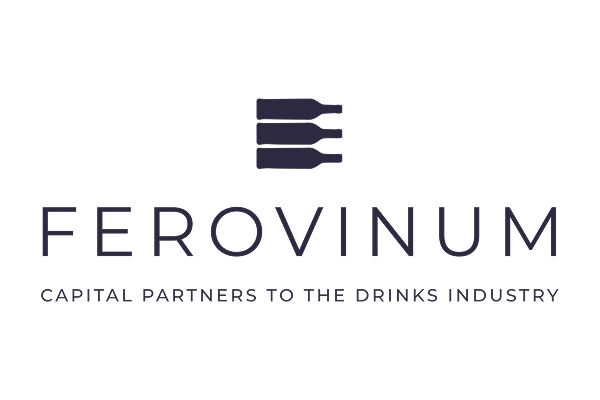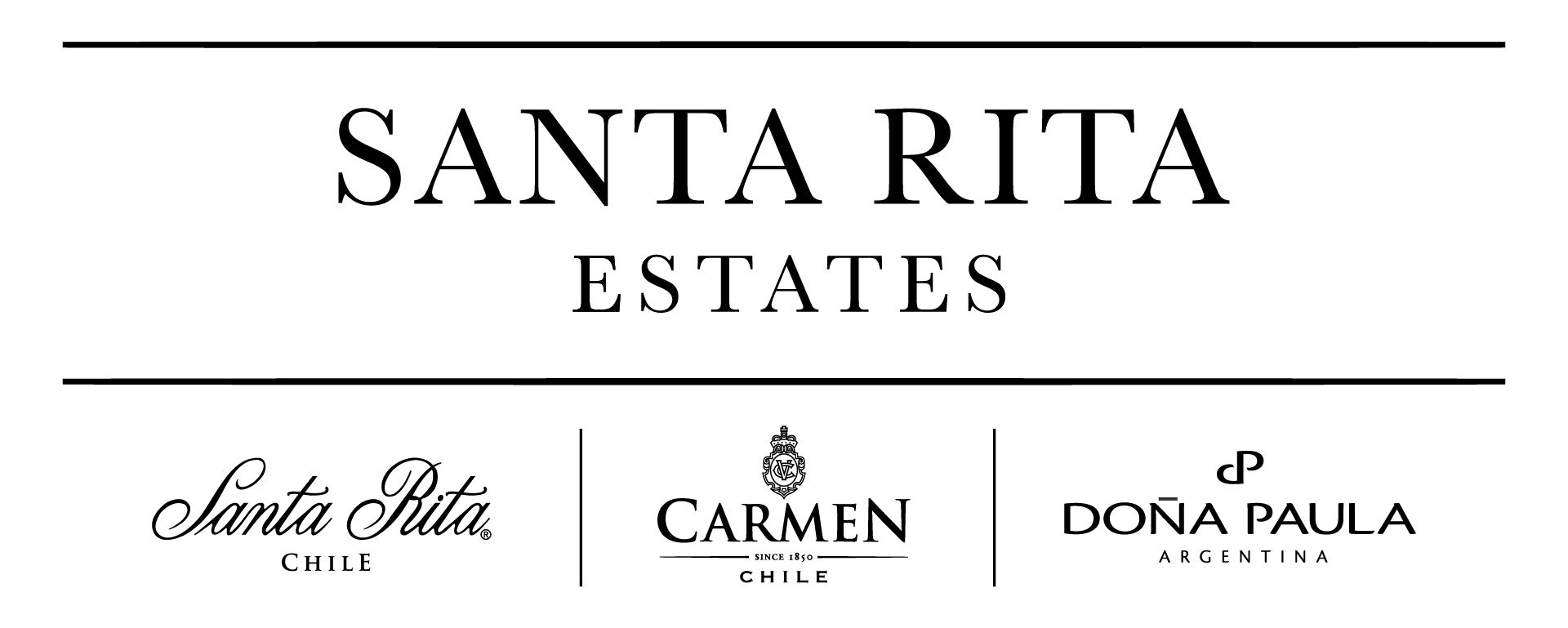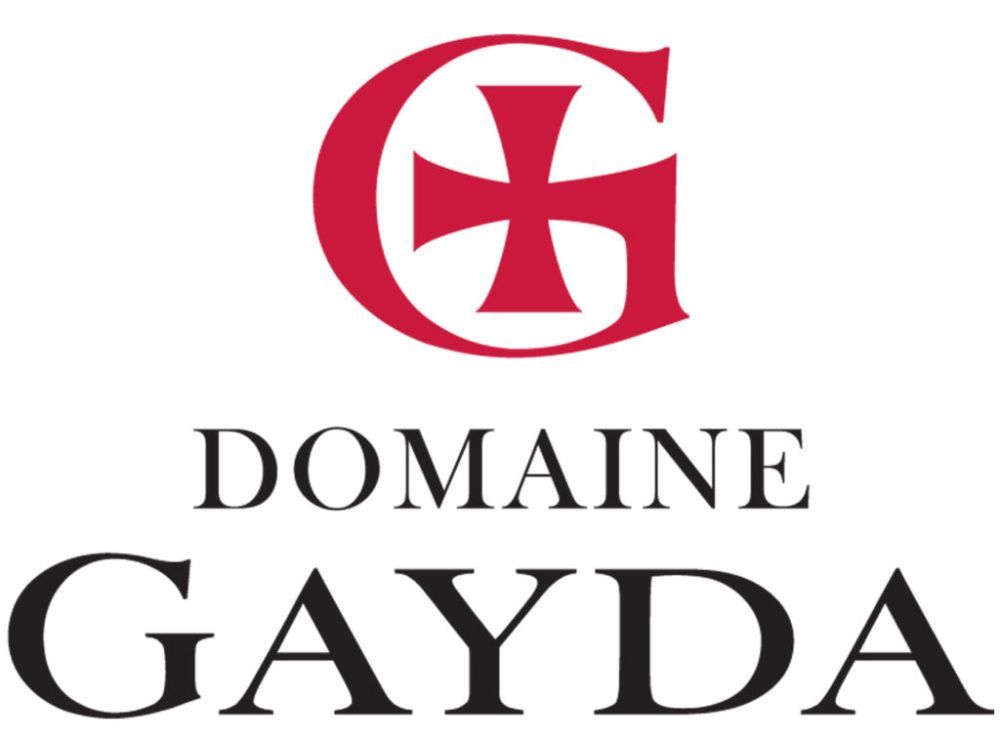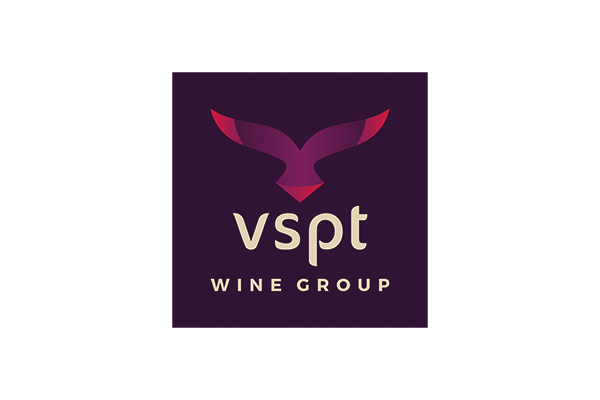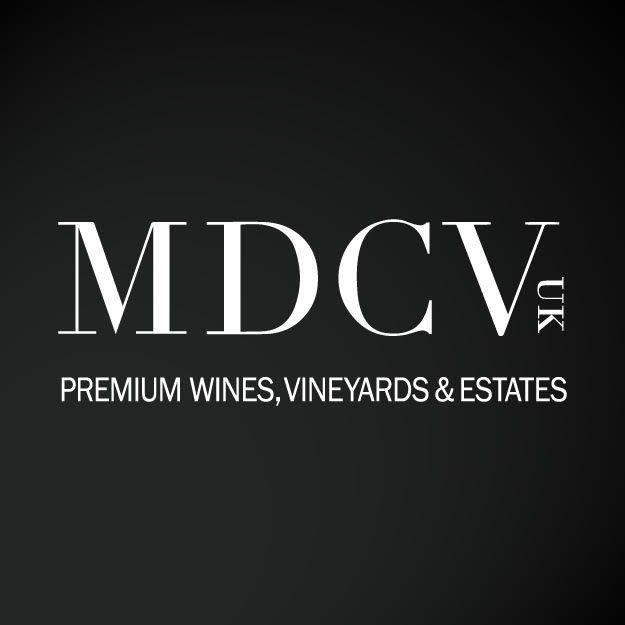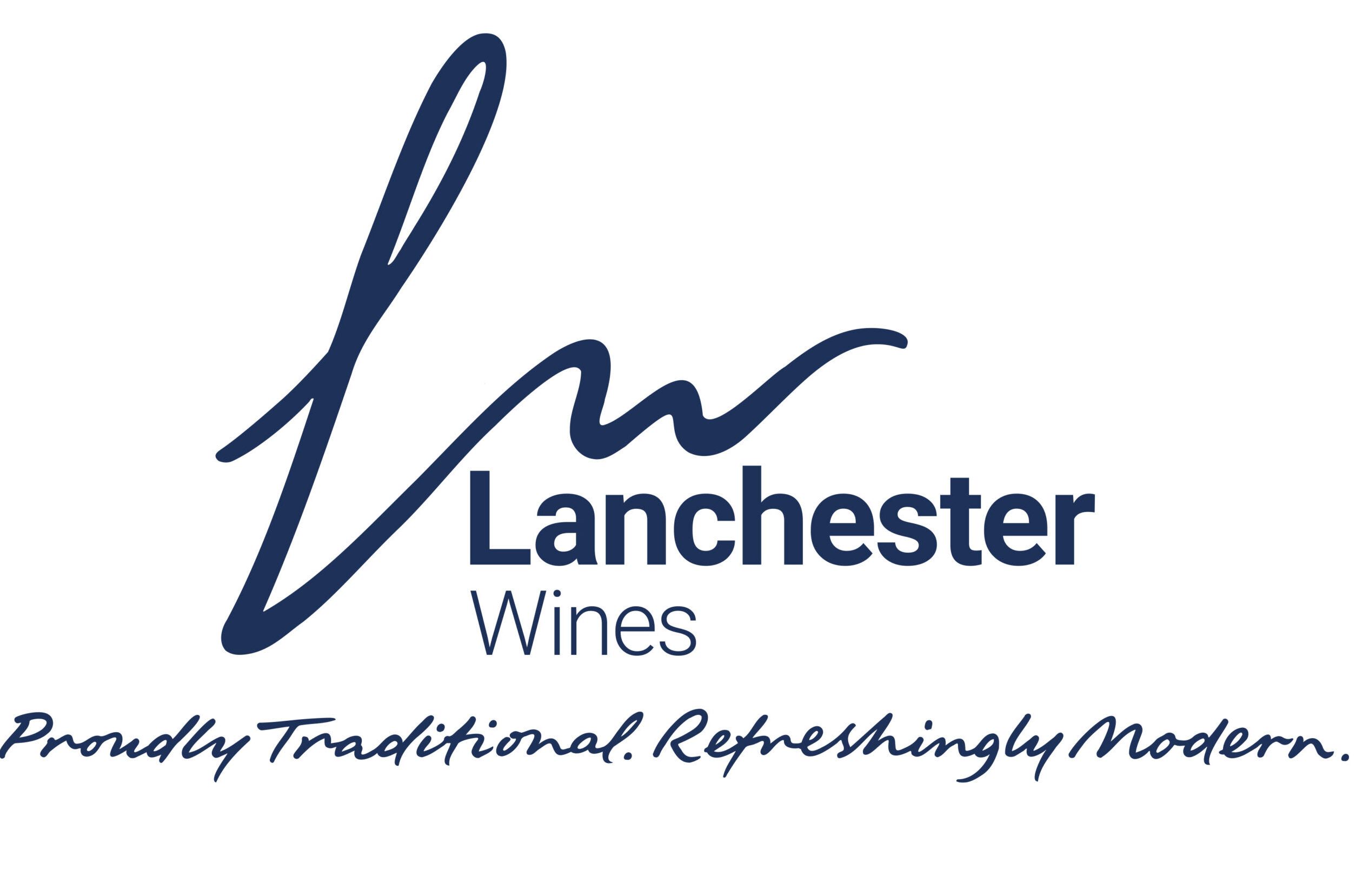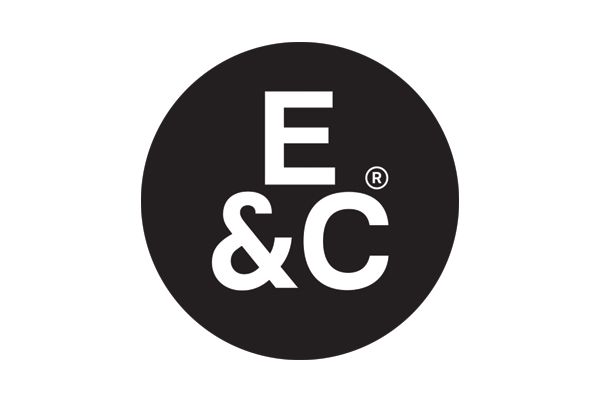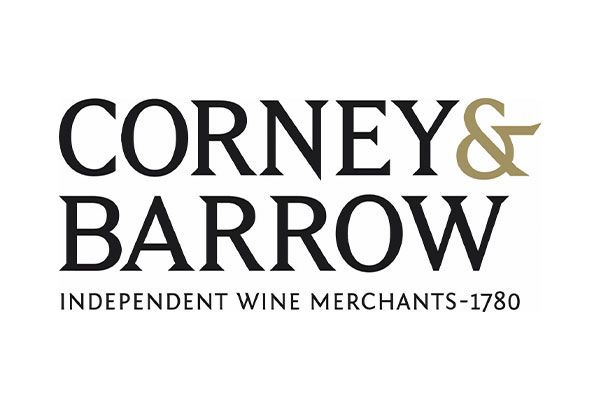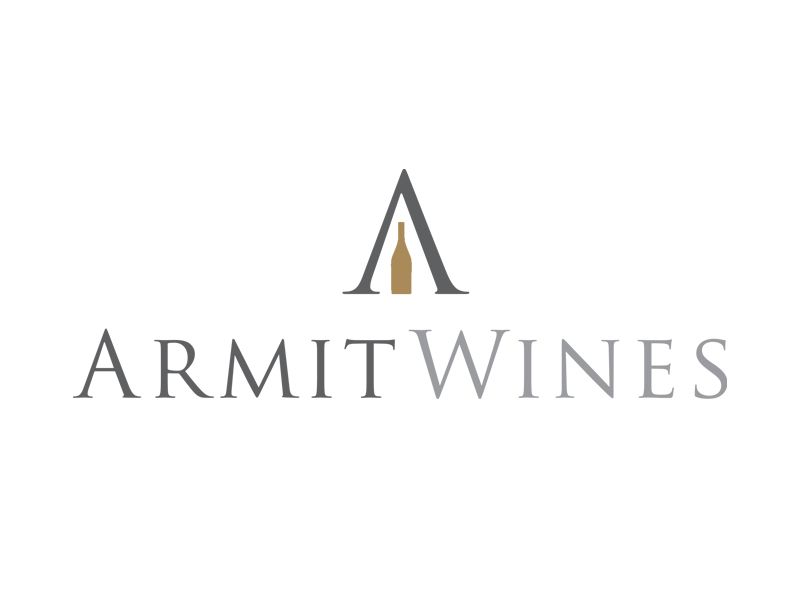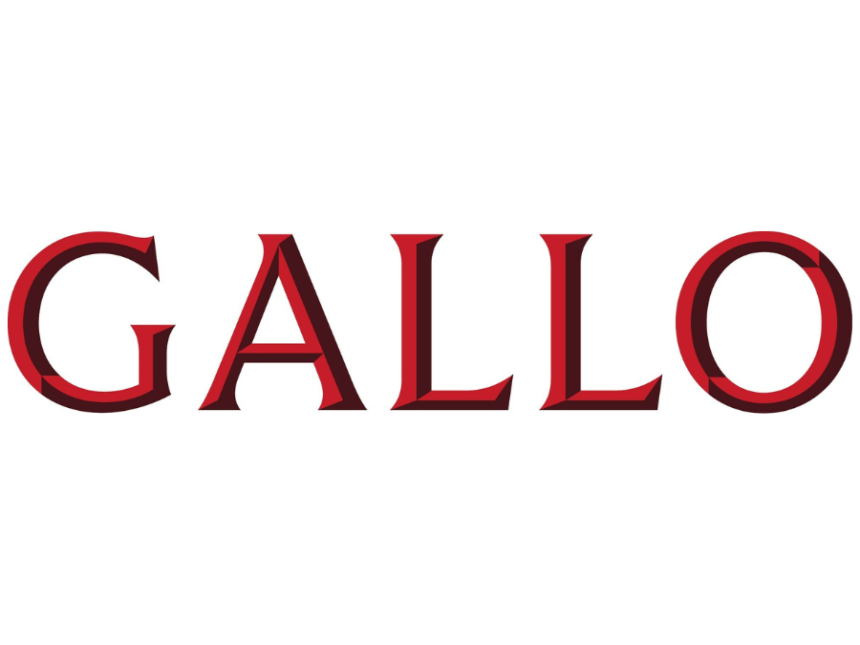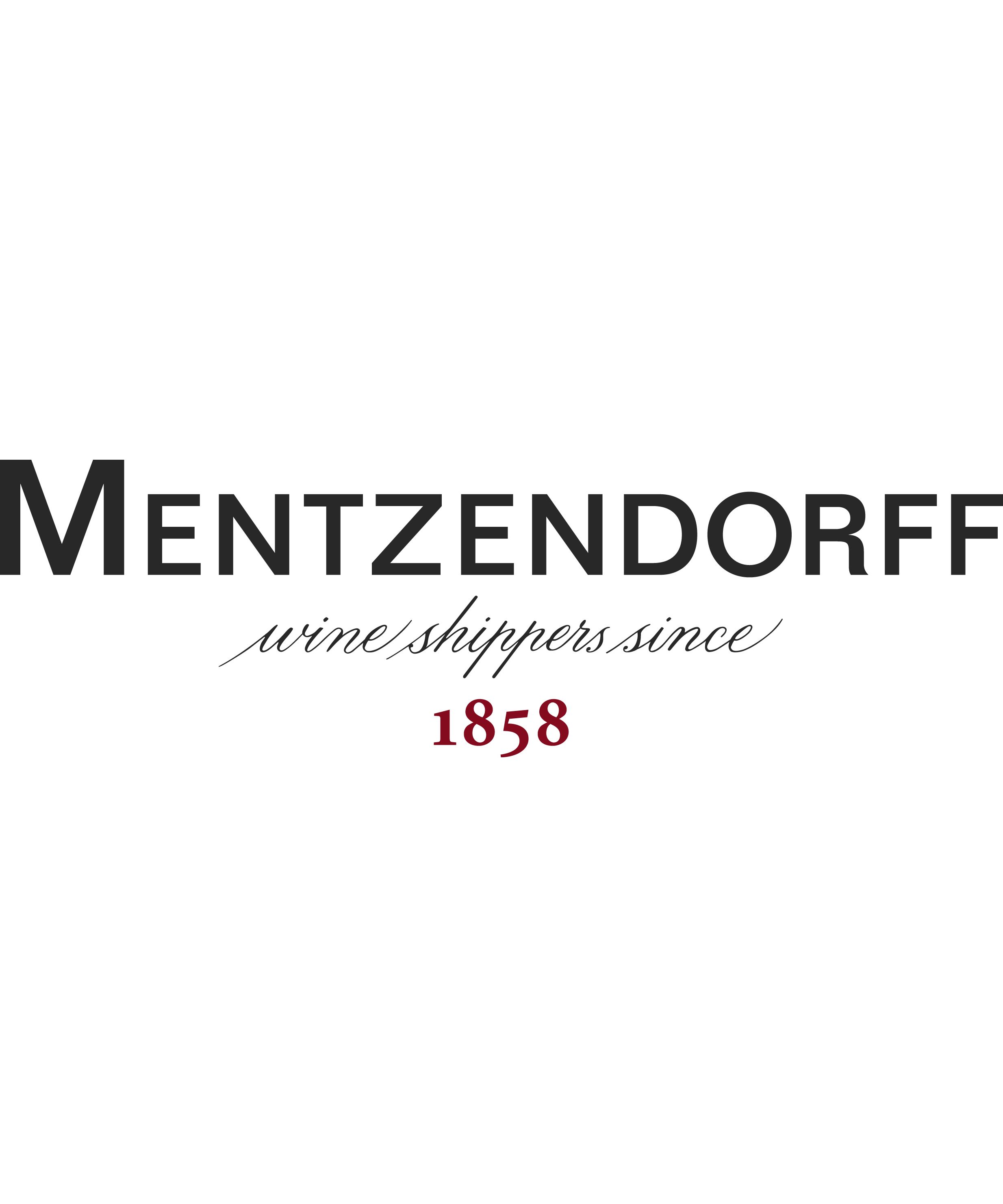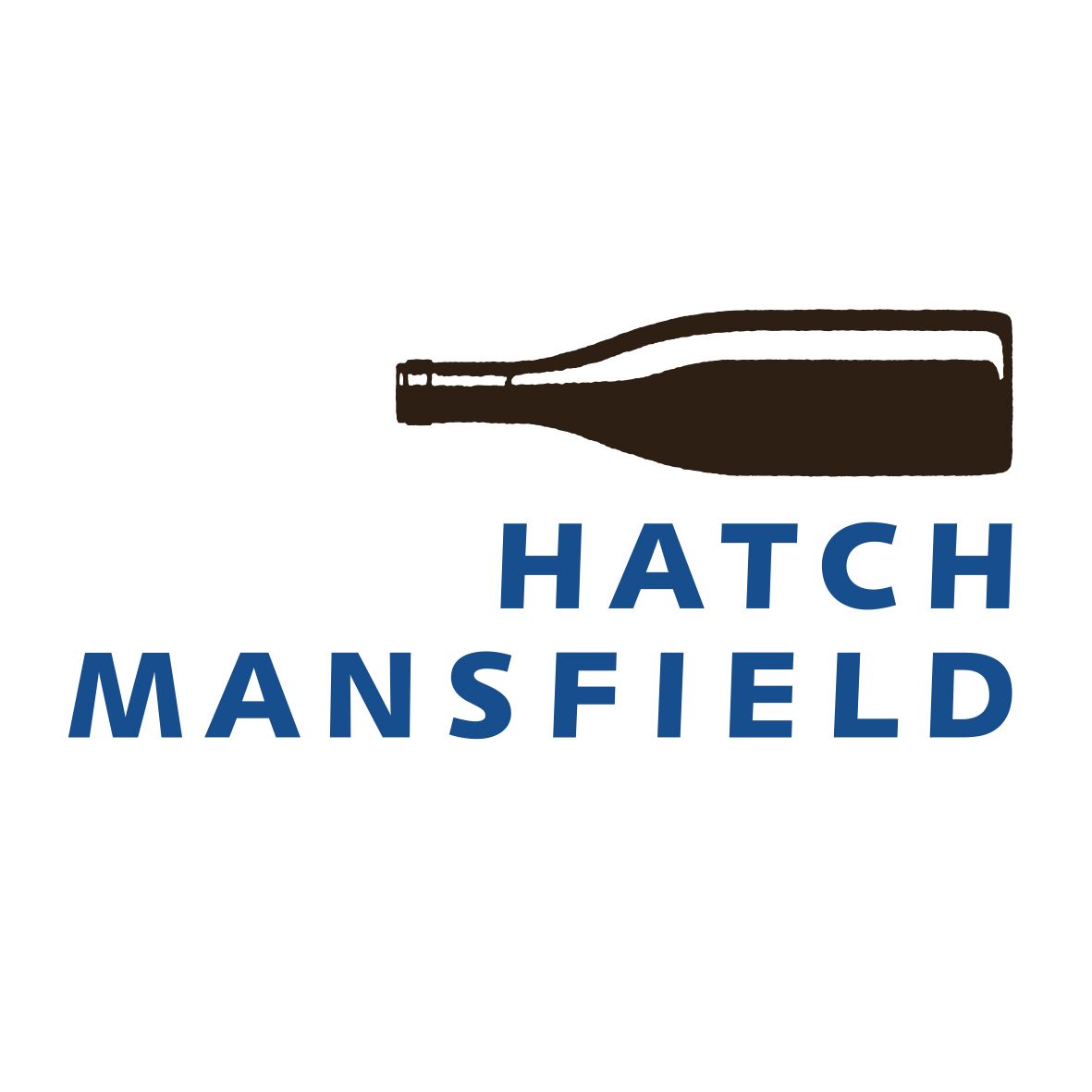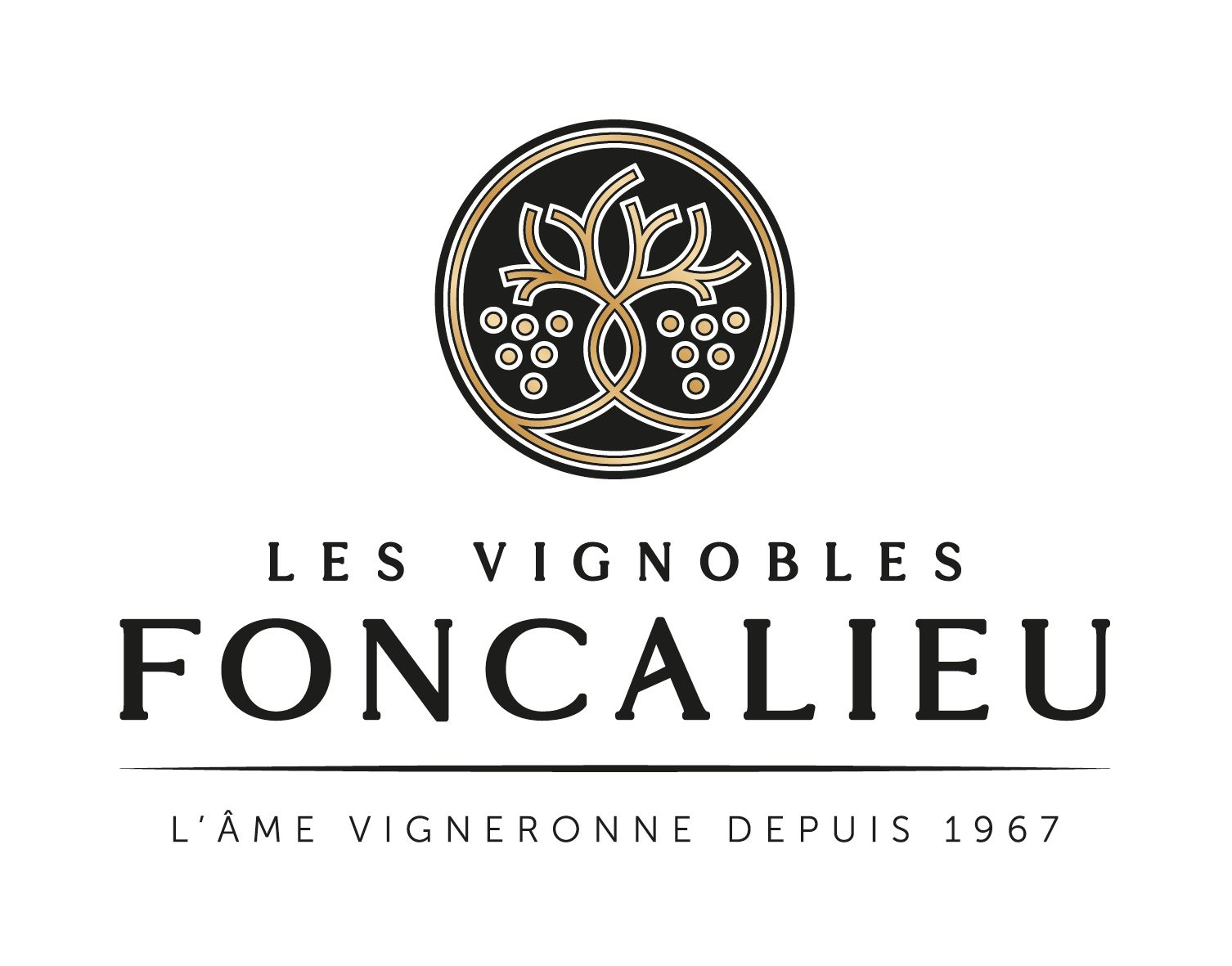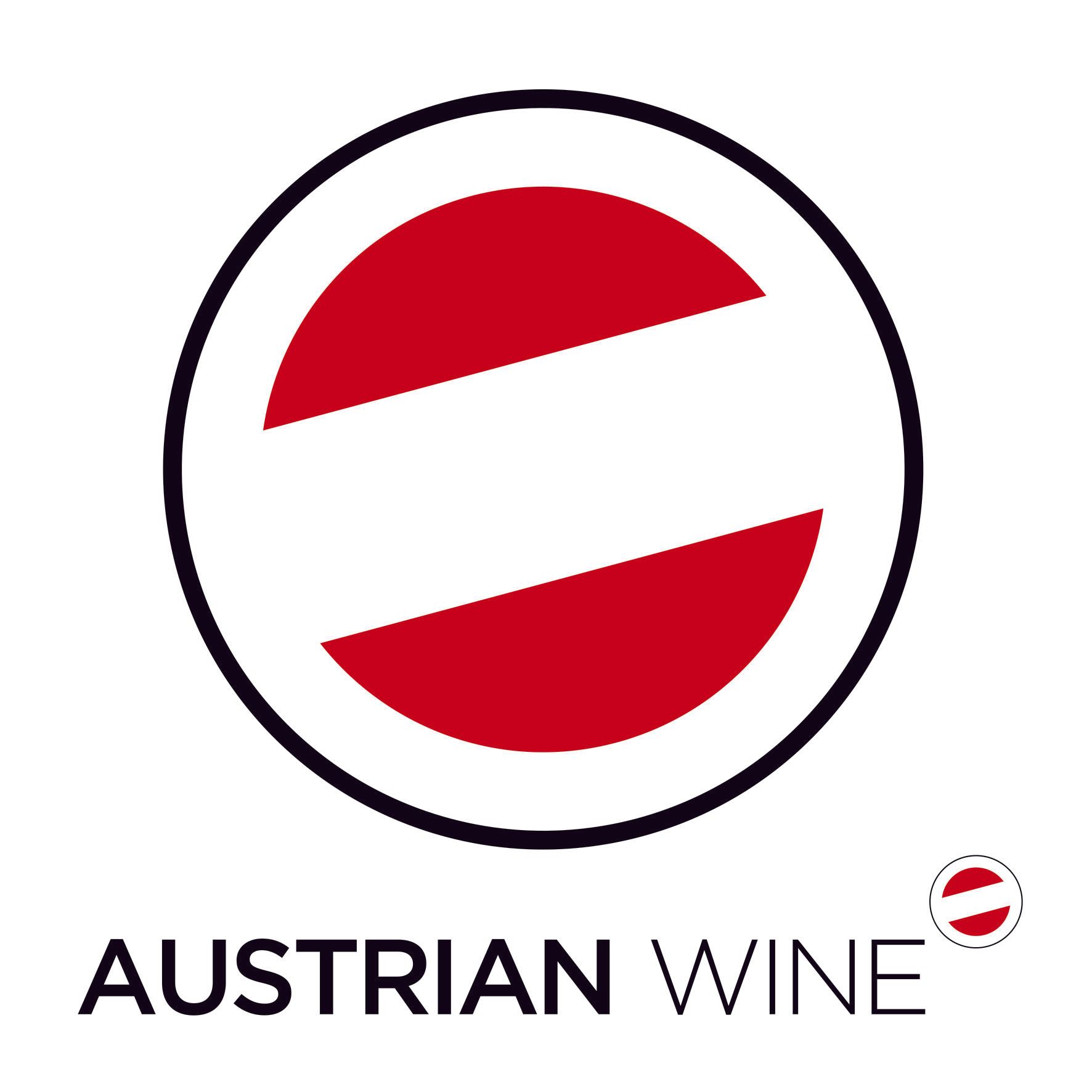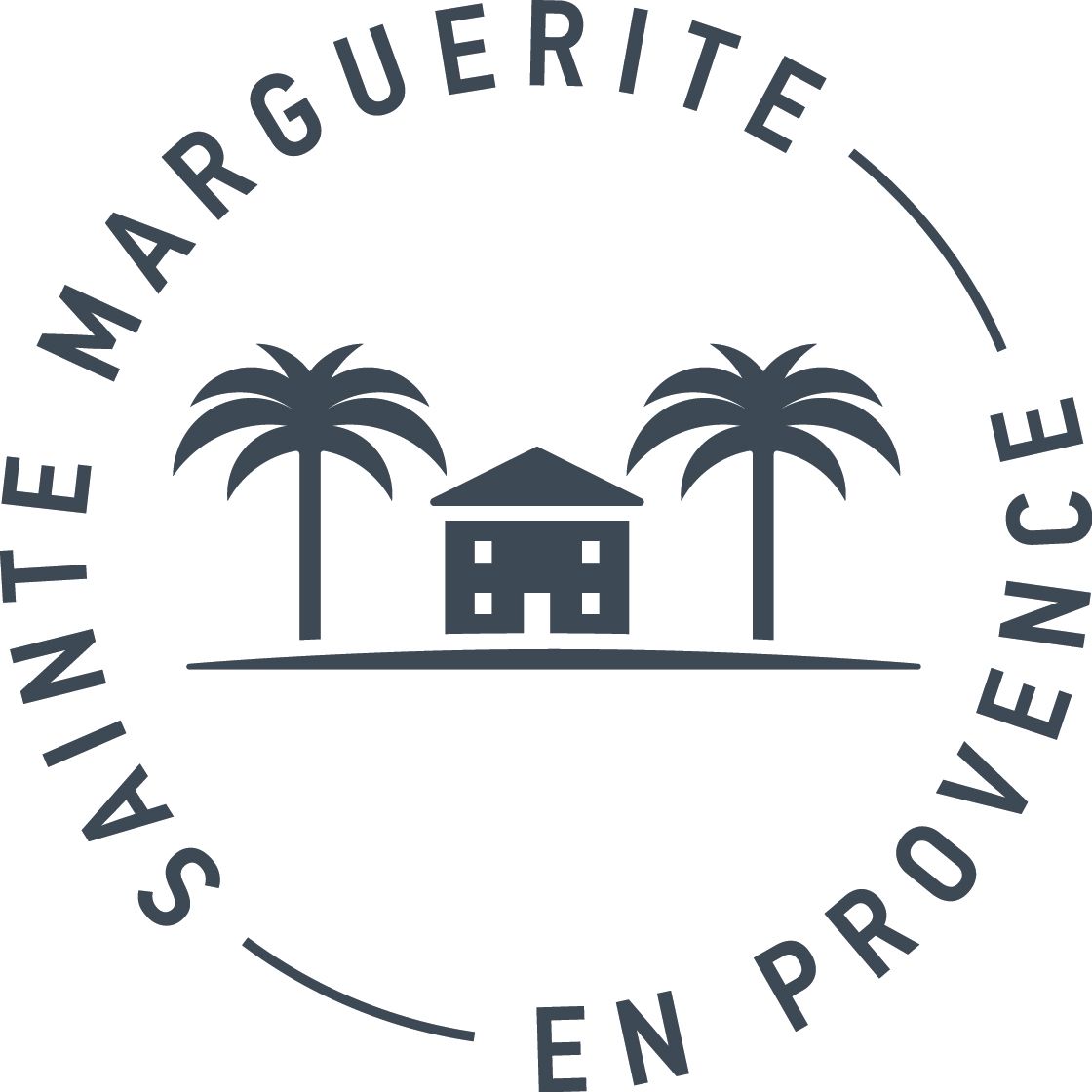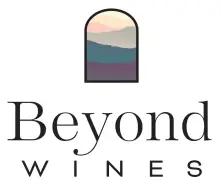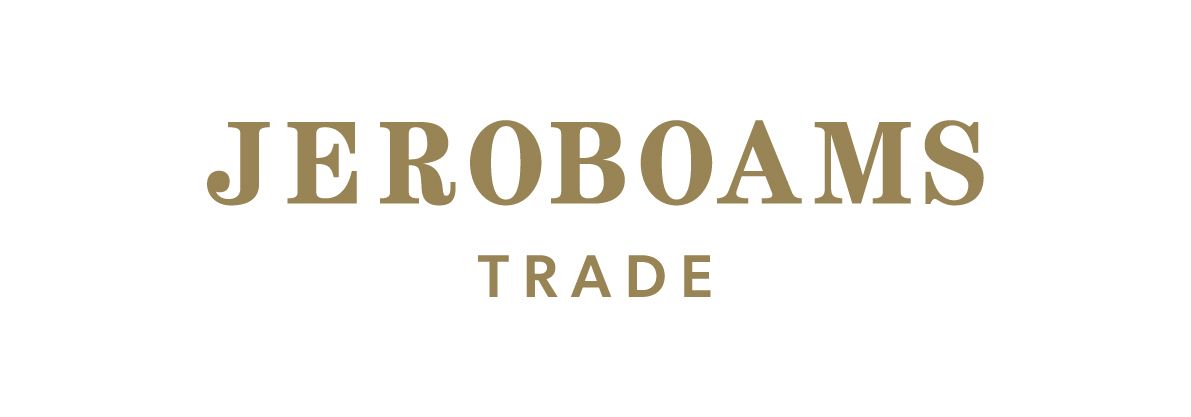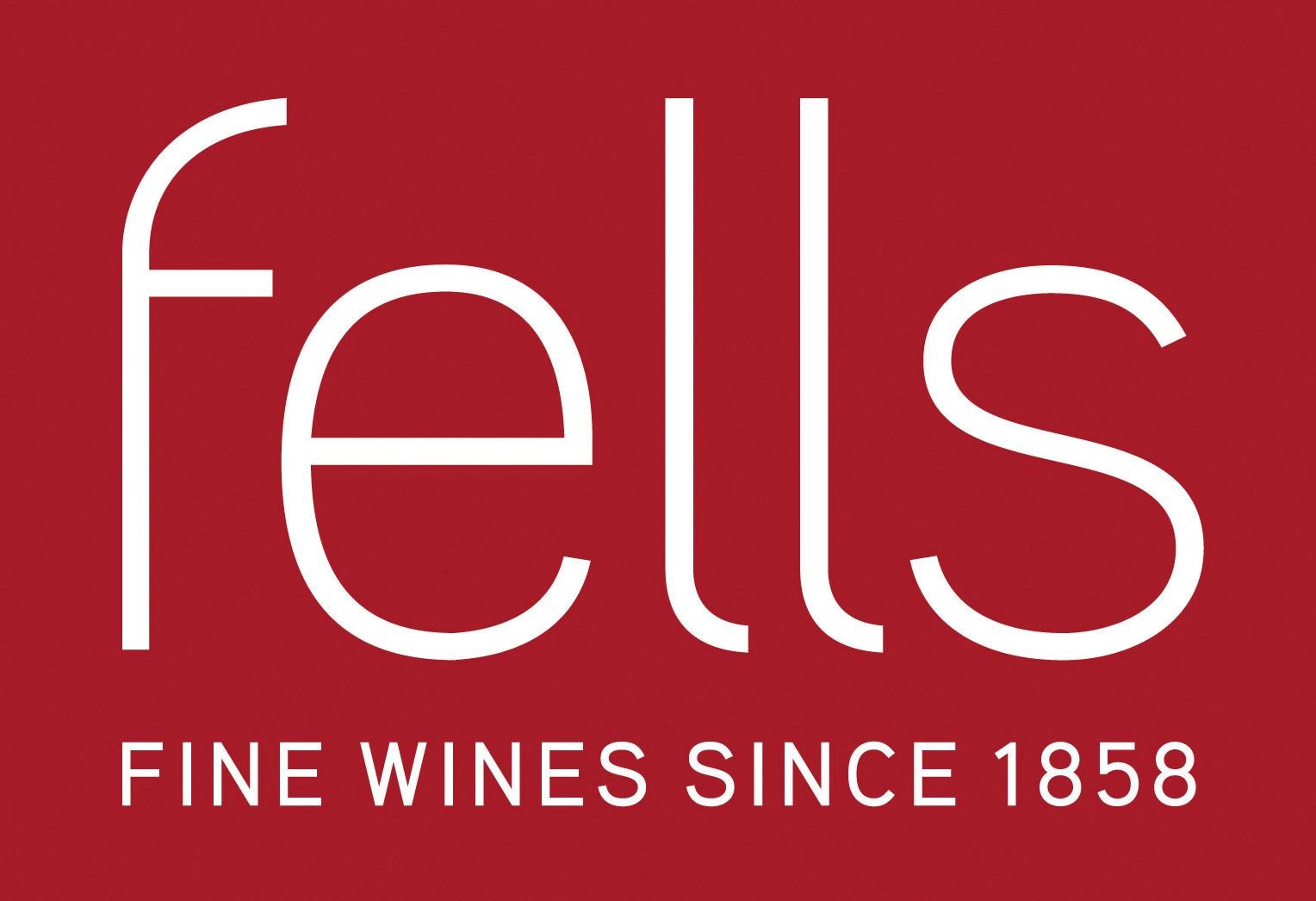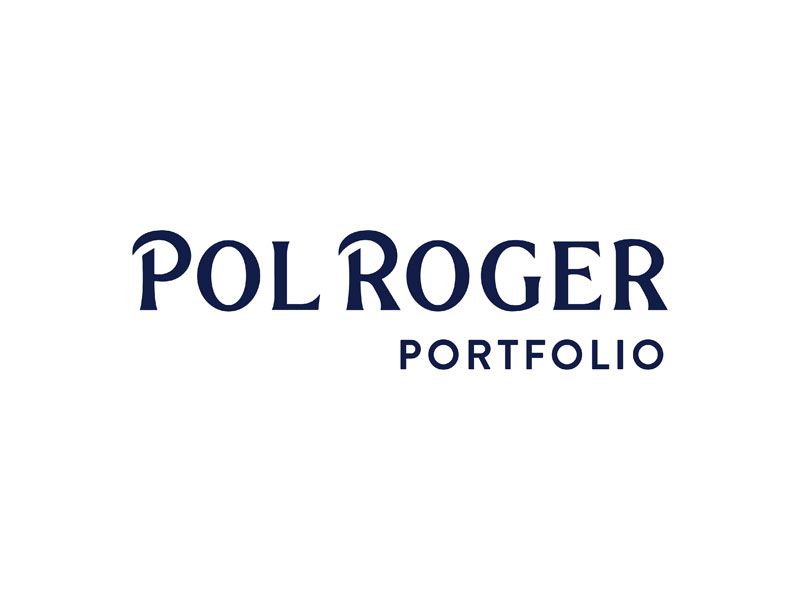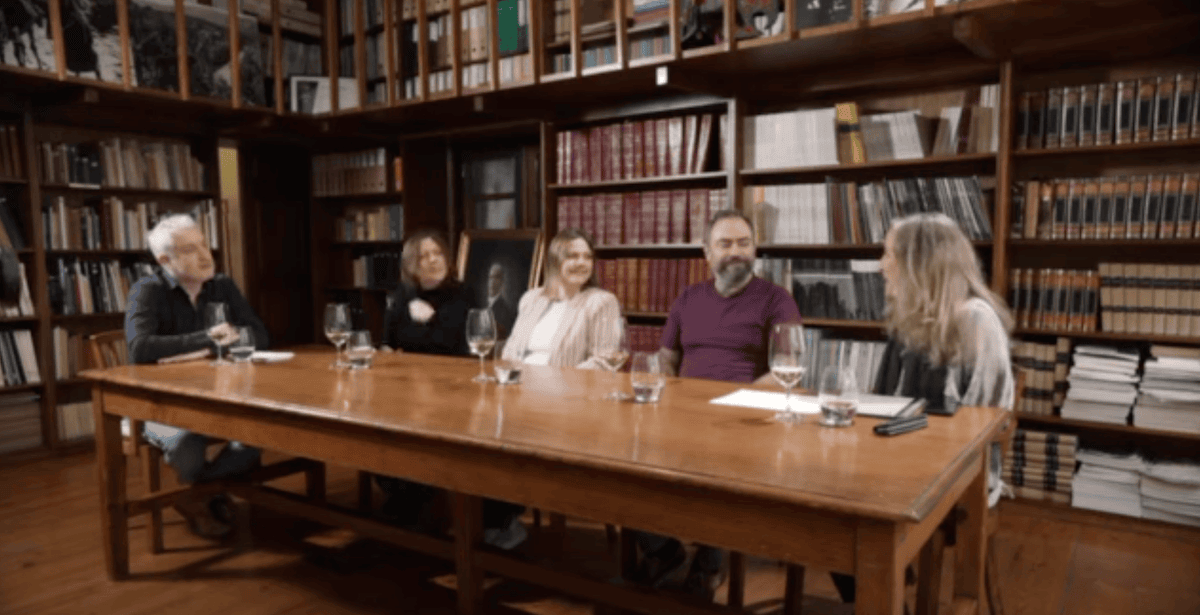You can almost hear the Netflix theme tune to Succession play in the background as Rob Symington, CEO of Symington Family Estates, and Lizzy Rudd, chairperson of Berry Bros. & Rudd, introduce themselves. They have emerged from dominant families in the wine world to create their first joint venture acquiring the Hambledon Wine Estate in 2023.
Already there’s a great sense of a new chapter at Hambledon and their youthful energy and enthusiasm is palpable. It runs throughout the estate.
In another significant move it has just been announced that Symington will be shifting roles from CEO of Symington Family Estates and joining Rudd to become managing director (UK) of Berry Bros.& Rudd from mid-September.
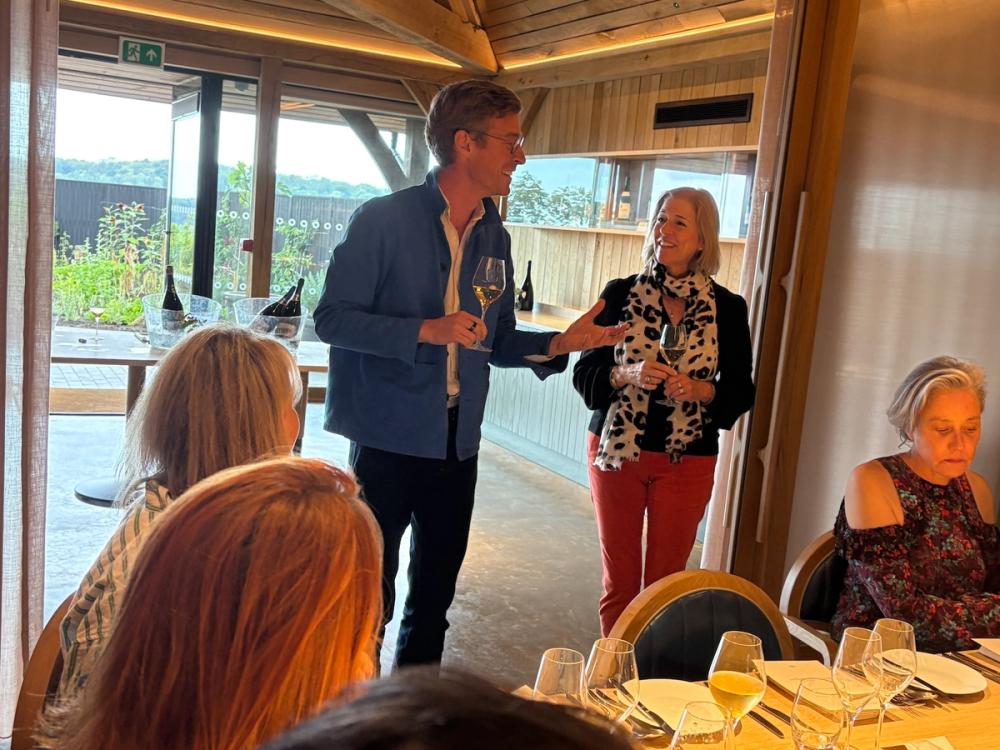
Joint venture holders now BBR work colleagues: Rob Symington, non-exec director Symington Family Estates and BBR MD and Lizzy Rudd, chairperson of Berry Bros. & Rudd
What’s changed since the recent acquisition we ask.
“We’ve got a new vision, new energy and excitement,” say the team and we see the first impressive result of the duo’s investment.There’s an attractively designed oak-beamed restaurant and visitor centre which now sit above the estate’s deep chalk cellars.They have also done well to secure Michelin-starred chef Nick Edgar who trained at Le Manoir aux Quat’ Saison and came from the star-rated Samling restaurant in the Lake District.
Hambledon was the first commercial vineyard in England since the Reformation when Sir Guy Salisbury-Jones planted vines in front of Mill Down House in 1952. But it fell into the shadows more recently as other English estates were established with quality wines and slick marketing. It was a ripe opportunity for investment, indeed a particularly notable one. It’s a first for Symington to make wine outside Portugal, and a first for Berry Brothers to make, rather than sell, wine.
Hambledon is in a prime location in Hampshire. Its terroir’s unique expression is defined by the estate’s deep chalk soils – up to 500 metres in depth of an especially pure form of Newhaven chalk. Many other English vineyards also have chalk, and some others are planted on greensand or clay, but Hambledon has the holy trinity of perfect chalky soil, altitude and exposure.It’s chalk that defines Hambledon’s personality, rich in belemnite fossil content, which matches the best sites in Champagne such as Avize and Cramant in the Côtes des Blancs.
Quality – developing Hambledon’s heritage
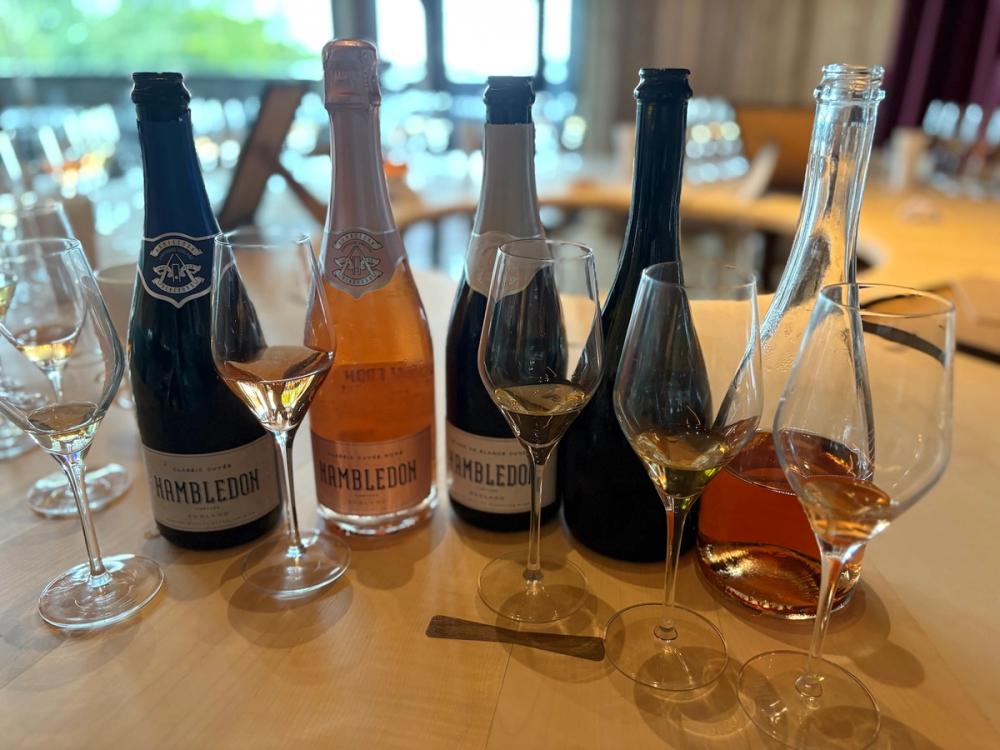
Tasting in the St James Room
In blind tastings, Hambledon’s Première Cuvée has held up very well against champagnes (in an expert 2020 competition it took second place over and above many celebrated champagne houses).Symington and Rudd want to develop this quality and develop Hambledon’s heritage.
Sustainability and regeneration are a priority and a new programme of vineyard regeneration is underway to increase soil health and biodiversity. Nick Cran-Crombie, vineyard manager, says “previously the soil was in poor health just fed by chemicals and artificial fertilisers.”
Today we see cover crops between the rows, which add nitrogen to the soil and strengthen its health. Cran-Crombie has just come back from Portugal and it’s great to see the cross-fertilisation of ideas and techniques happening. But conditions couldn’t be more different between vineyards in the Douro Valley and the south of England.
“We are looking at lots of initiatives and starting to use the latest technology,” he explains. “Drone surveys of the vineyards mean we are getting more accurate with reduced number of applications. This soil biome can then increase its invertebrate and mycorrhizal diversity.”
It’s apparent the new Hambledon is all about investment for the future: the new partnership is in it for the long game. With sparkling wine, it’s not a quick fix – decisions will not bear fruit at least until 2028 and even longer for the top of the range products.
Winemaker Felix Gabillet takes pride in showing us the modern winery.
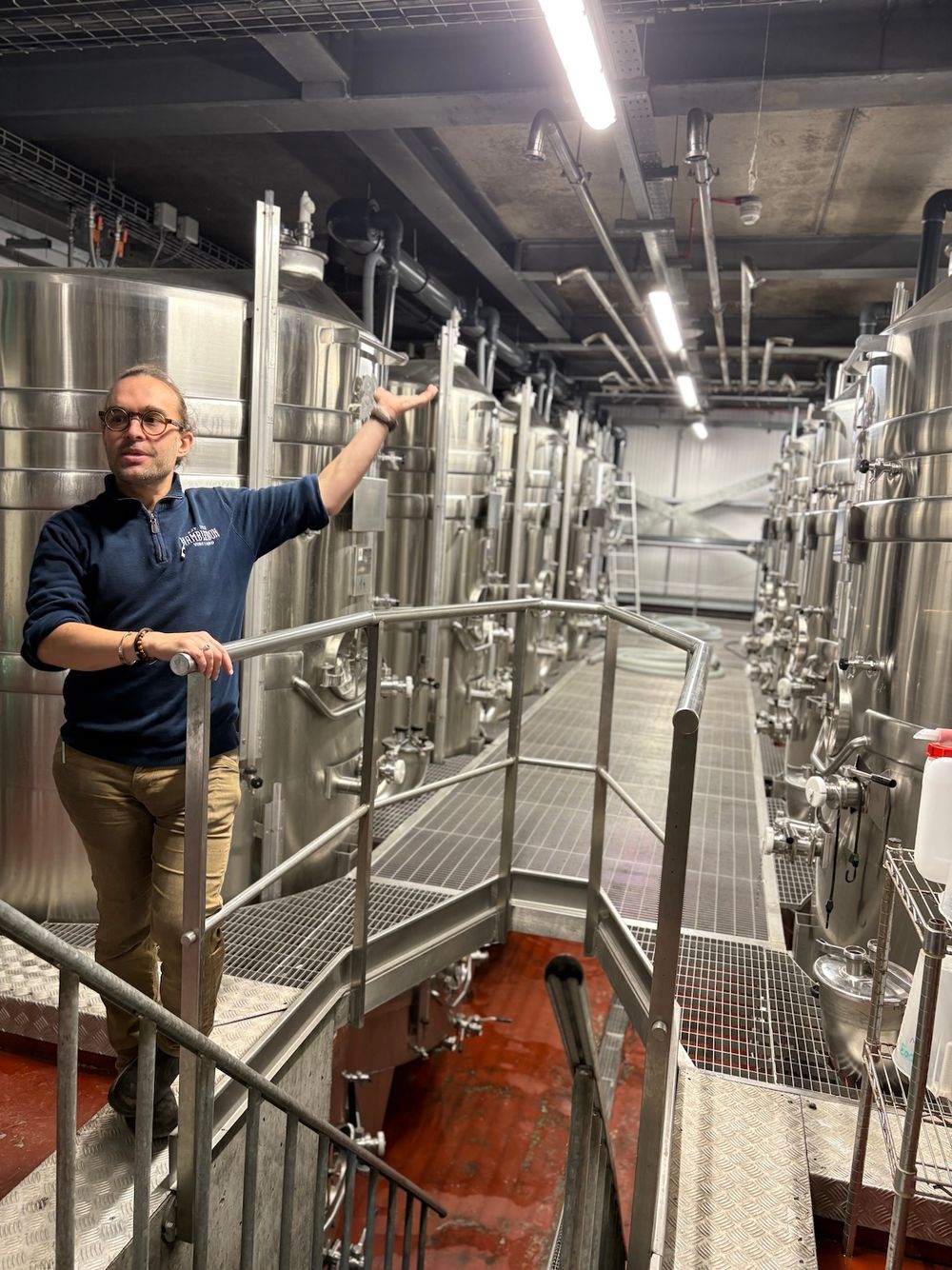
Winemaker Felix Gabillet
Hambledon has always been a pioneer, one of the first to introduce a gravity flow system and solera reserve wine process. He explains that the Hambledon range, which starts with Classic Cuvée, is a traditional three-variety blend (Chardonnay, Pinot Noir and Pinot Meunier) with the proportions of each varying a little each year, although the blends are always Chardonnay-led.
The objective now is to make Chardonnay the driving force. It will be the dominant partner in future blends and in Hambledon’s top wine, Première Cuvée. The latter will become a 100% Chardonnay wine, chosen only from the vineyards immediately around Mill Down House. We are treated to their first Blanc de Blancs NV based on the 2018 vintage. It is top quality with only 7,000 bottles produced.
“2018 was one of our best ever years,” Gabillet says.

The Première Cuvée based on the 2017 harvest will be available from September. After seven years on the lees (61% Chardonnay, 18% Pinot Noir, 21% Pinot Meunier) we have a preview with a just-disgorged tasting. It is layered with spicy notes, more a gastronomic wine.
New wines in Hambledon’s portfolio
Rosé will also play its part – the current Classic Cuvée Rosé is one of its best sellers this summer, pale in colour but quite complex. The newly introduced Première Cuvée Rosé is a saignée rosé based on the 2016 harvest and deeper in colour. This is 88% Pinot Meunier with equal amounts of Chardonnay and Pinot Noir with the juice from the red grapes run off early in the fermentation process when the right colour is achieved. The wine has just been disgorged for our tasting. There will only be a small production of 3,000 bottles. “We serve it with flatiron steak in the restaurant,” Gabillet declares. It’s delightfully umami and spicy.
Future plans we’re told also include still wines and possibly a Brut Nature sparkling too.
“The Restaurant” (the name and the place!)
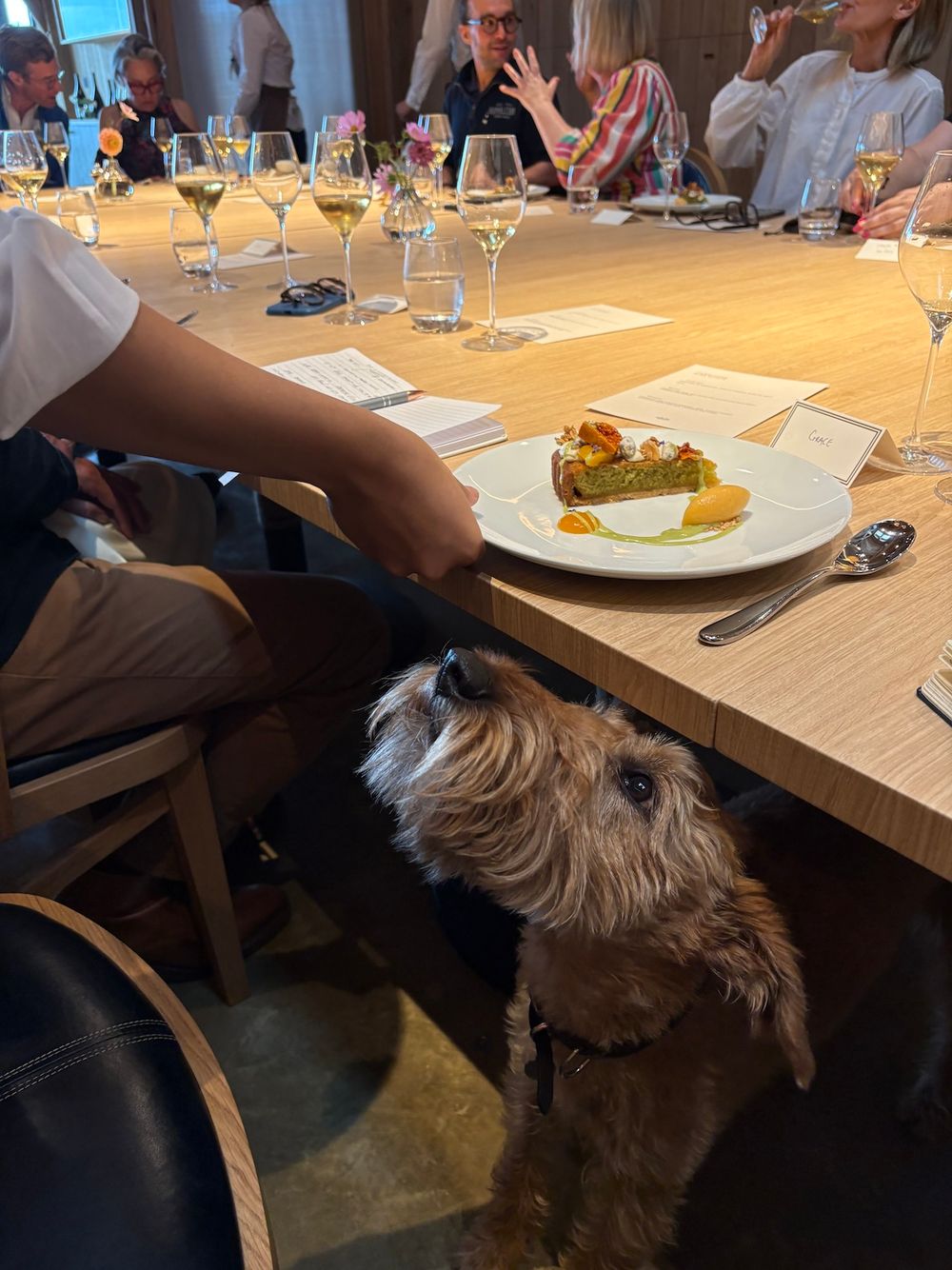
Betty (Nick Cran-Crombie, vineyard manager's dog) awaits pudding
Lunch is stunning and chef Nick Edgar in his new restaurant (called simply The Restaurant) is clearly enjoying himself. We start with a deconstructed gazpacho soup, brought together by a light tomato essence. New MD James Osborn explains, “hospitality is the great opportunity for wine businesses to grow right now. We are developing an amazing portfolio of wines with investment in sustainability and want to develop our brand through our story of place.”
Hambledon wants to be a treat destination for locals in the South, but also maybe for Londoners who fancy a day out with good food and wine.
Boutique hotel and plans for export

“We’ve drifted away from the public eye, we want our name back out there,” says new MD James Osborn.
Looking ahead to yet another development is the transformation of the old Mill Down House, where Sir Guy planted his first vines at the front, into a boutique hotel. There’s an original swimming pool already there, but the building is currently just used as offices. We have already seen the successful development of the Pig Hotel chain and other rural boutiques such as the Soho Farmhouse. And Osborn believes there’s a great opportunity for a stylish hotel in Hampshire too.
The export market is in their sights as well. Barely 1% of business currently, Osborn wants this to increase to 25% in 2030. “America is interested in our English heritage and lower tax imports,” he remarks. And he reminds us that Hambledon for several years worked with Pol Roger (the favourite of Sir Winston Churchill) and it is rumoured that Sir Guy may have had contact with the great man too. Other countries targeted include Australasia, Scandinavia, Korea and Japan.
The main course of cod loin confit and ragu of red pepper, cannellini, chorizo and mussels is followed by a delectable Bakewell tart creation of pistachio and apricot. Osborn continues to outline his plans both for the investment in the brand (a rebranding project is underway) and the quality of the wines.
“We’ve drifted away from the public eye, we want our name back out there,” he declares.
Given the somewhat downbeat talk about the English wine industry of late, the positivity of Hambledon’s new owners is infectious and a delight to see. Watch this space.
Hambledon wines are distributed in the UK by Fells which is a commercial partner of The Buyer. To discover more about them click here.

